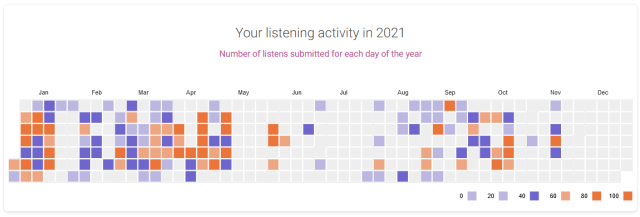In late April I was finally able to declare my photo digitisation project “completed”.
It took me exactly one year to clean up, research, name, and sort over 7,000 scans and photos which ultimately made it into my personal “digital photo album” (if that’s what a stringent directory structure can be called) – and that’s excluding the time spent scanning them in the first place, or culling the ones that didn’t make it.
At this point it would be remiss not to mention AI photo enhancement software.
Despite the recent incredible developments in artificial intelligence and image generation, I remain steadfast that AI still has no role in the workflow for digitising personal snapshots on prints, slides or negatives. While I obviously made basic edits like cropping, or adjusting brightness, contrast, white balance and colours so that the viewer can actually see what’s going on in a photo, my experiences with AI services (read: face enhancing) have done nothing but confirm a phenomenon that’s already been termed “identity shift“.






